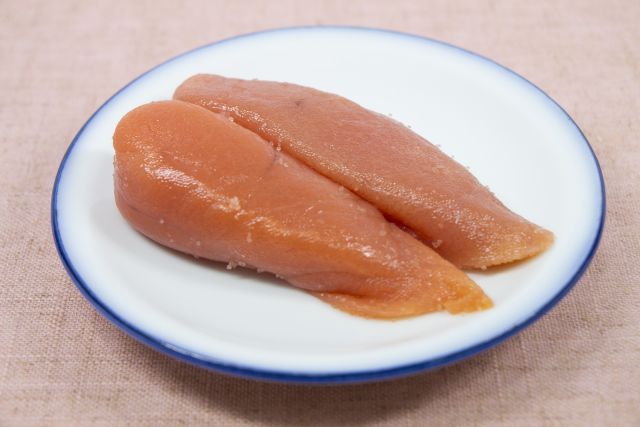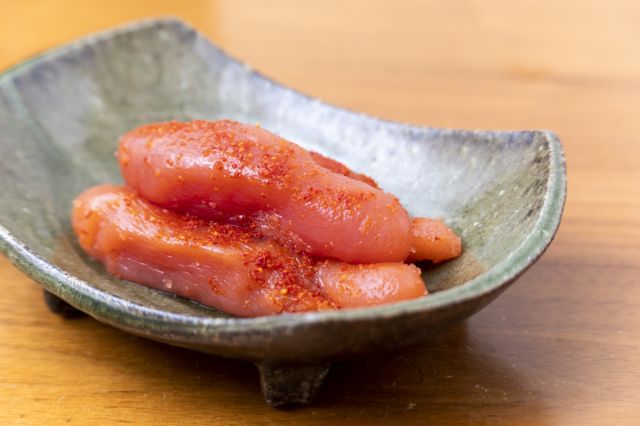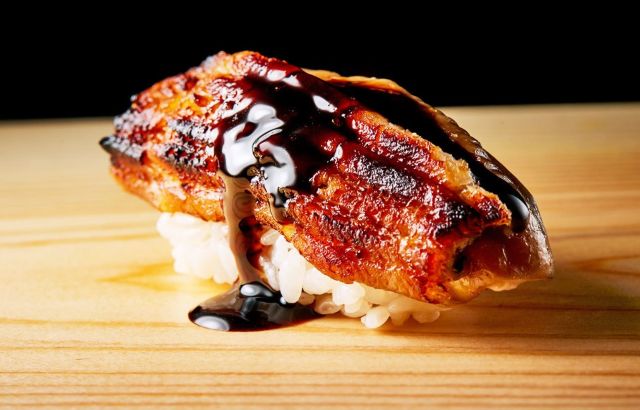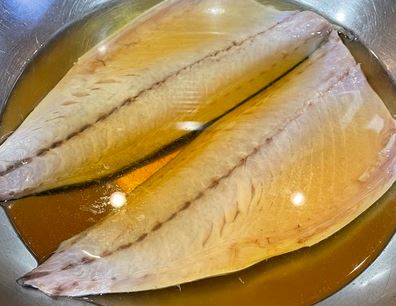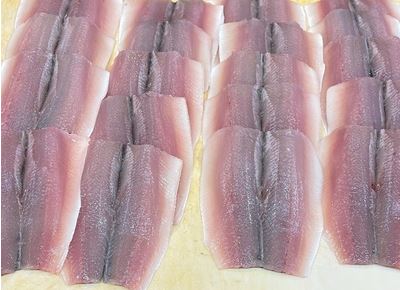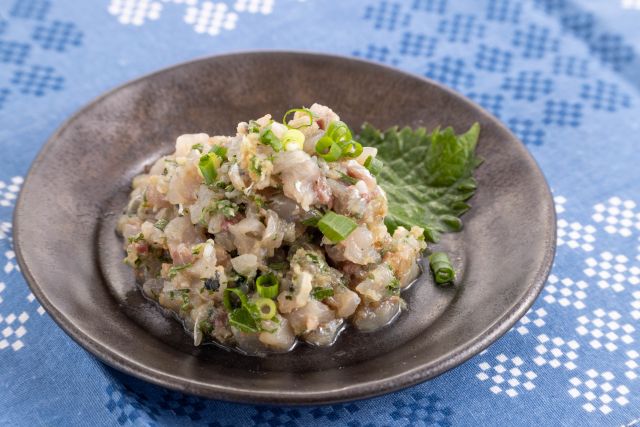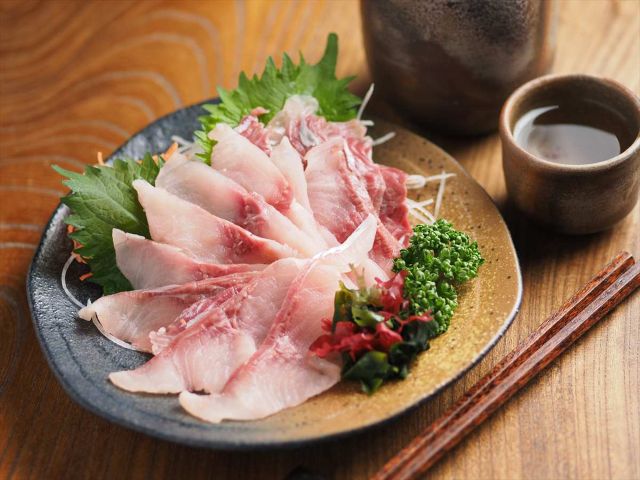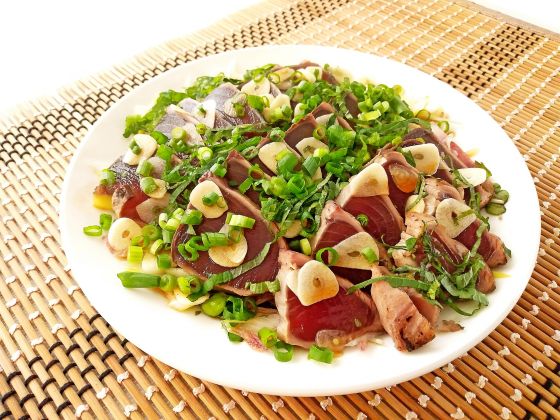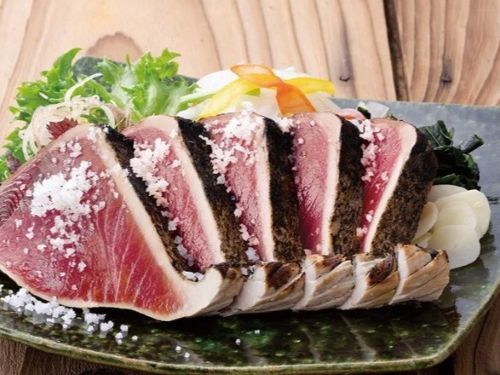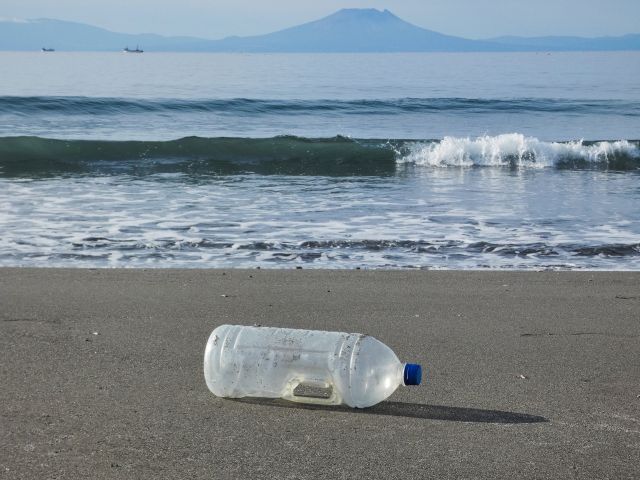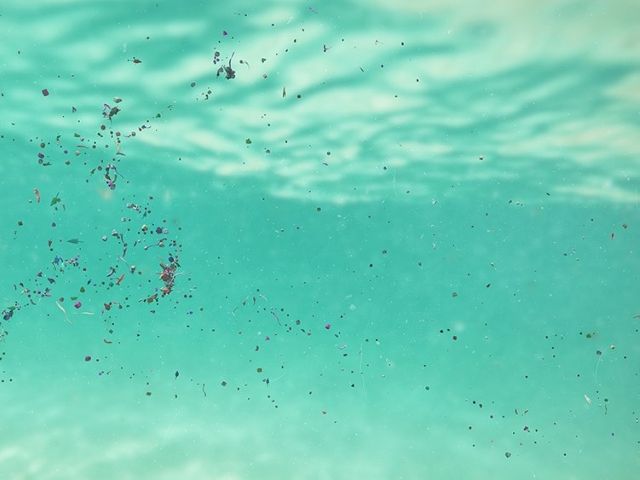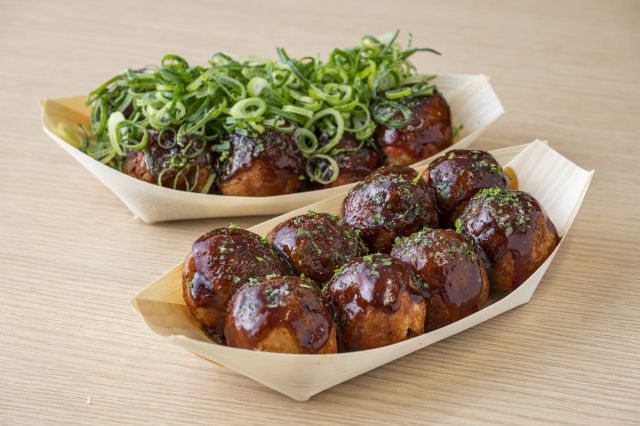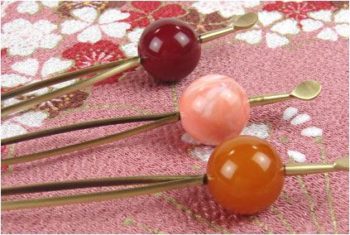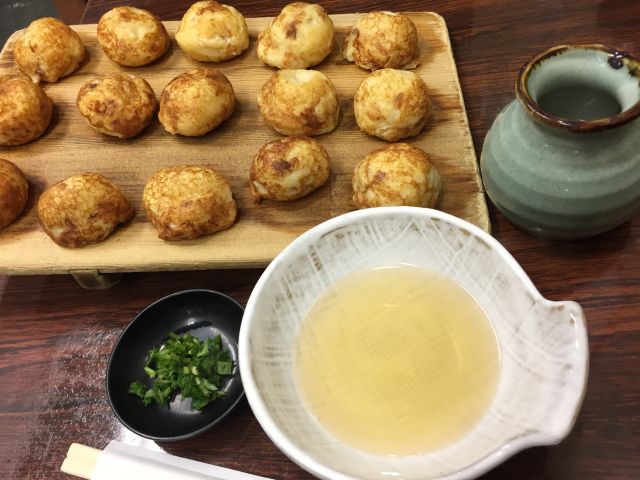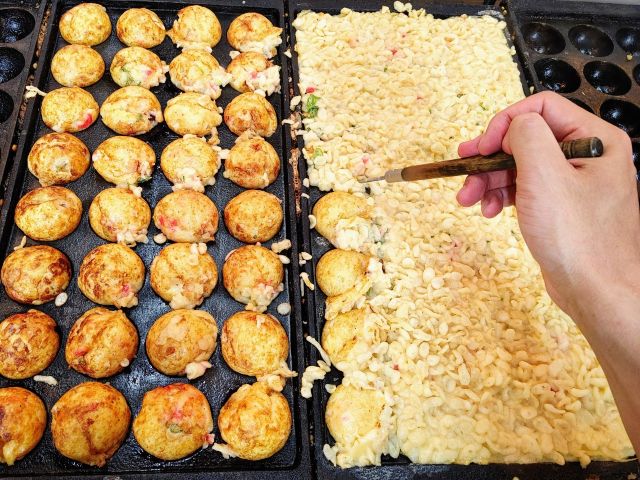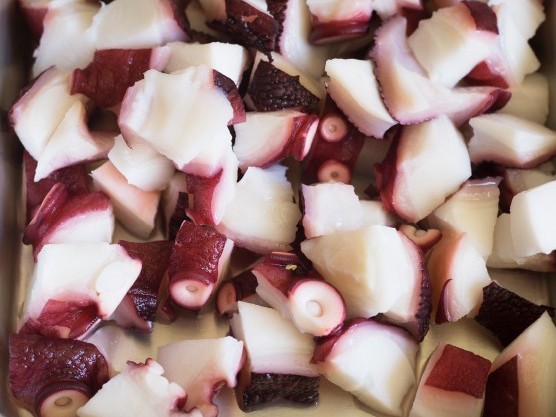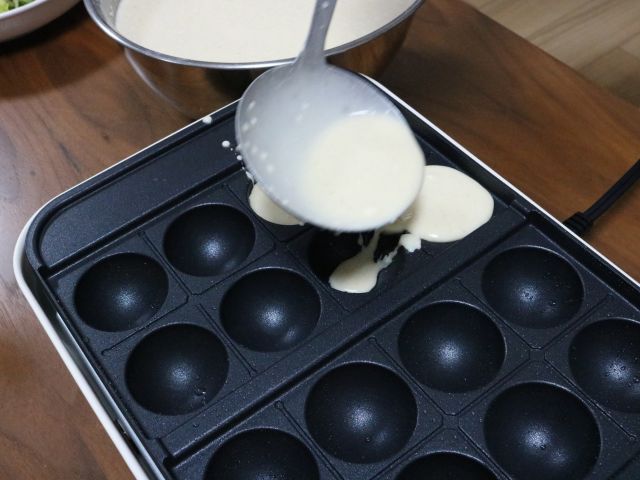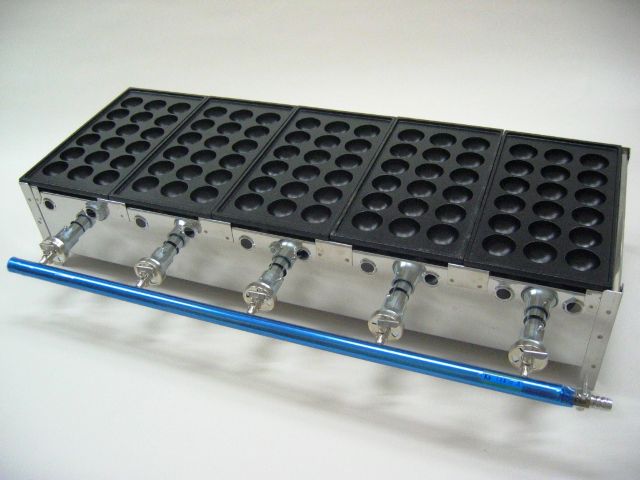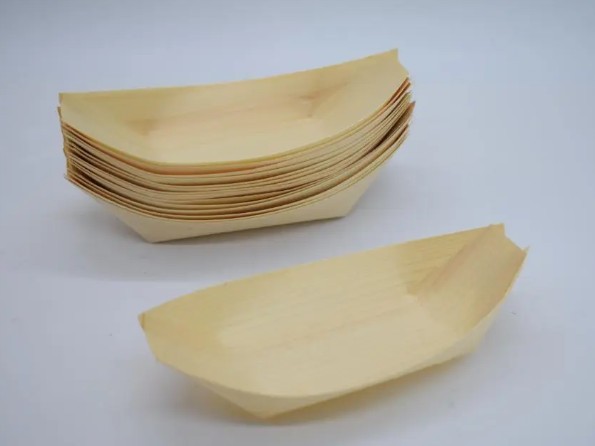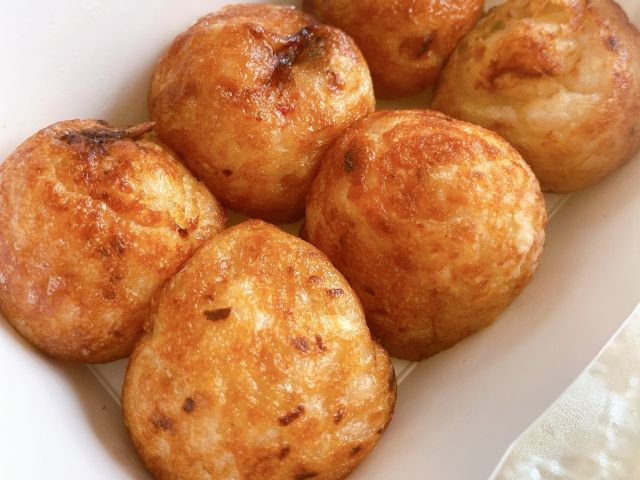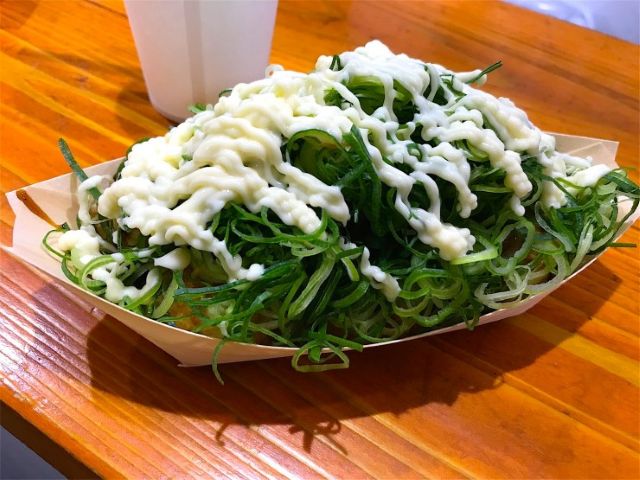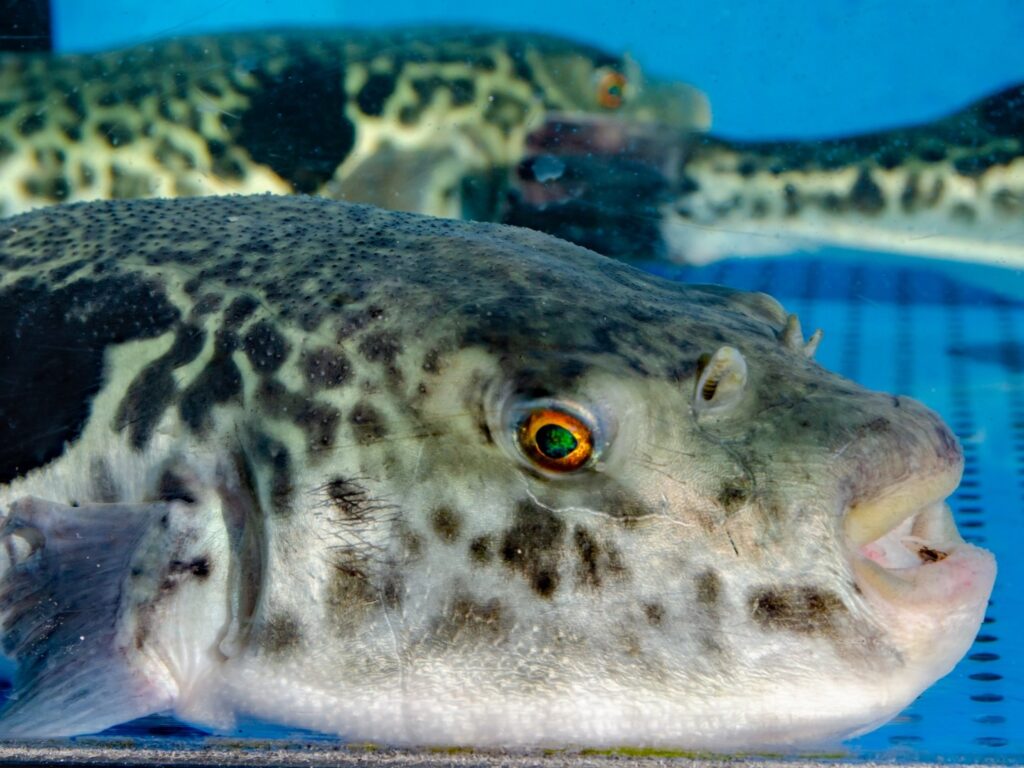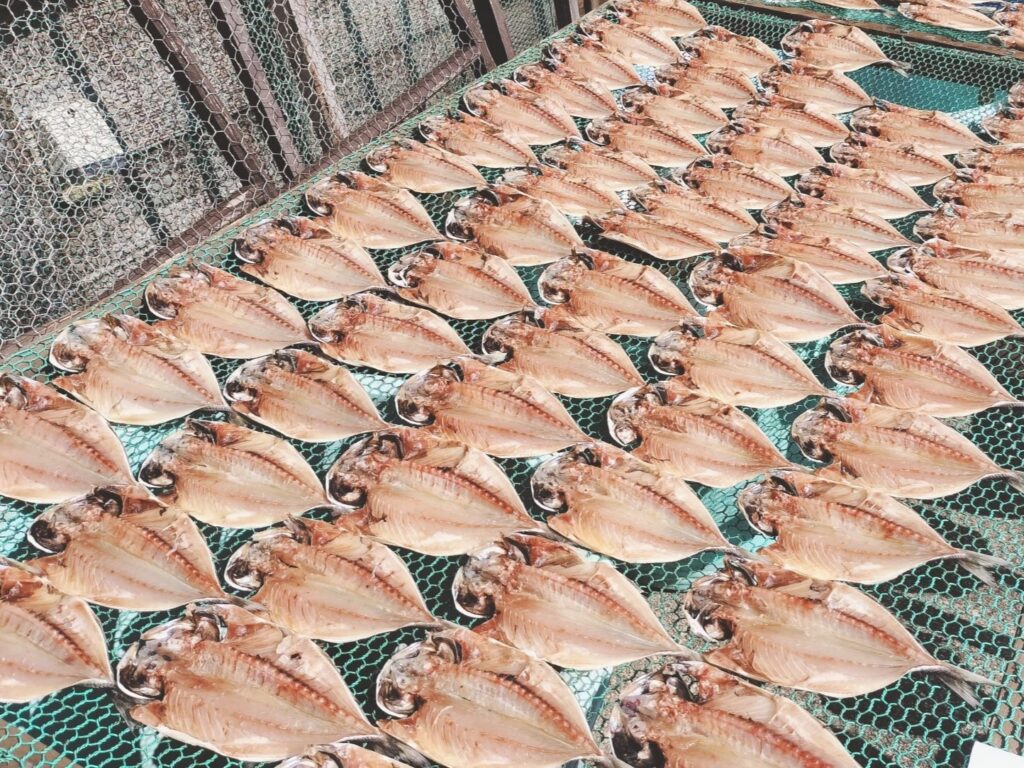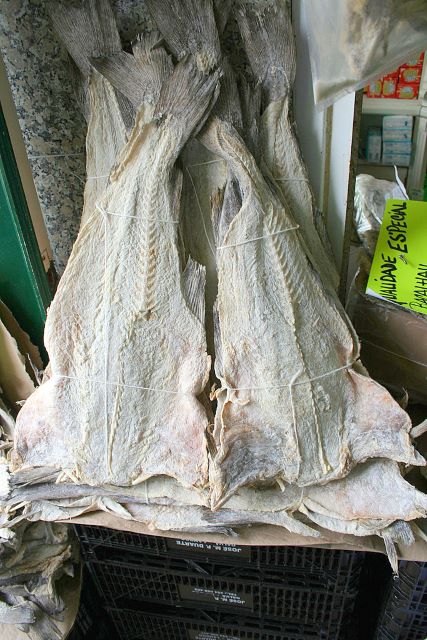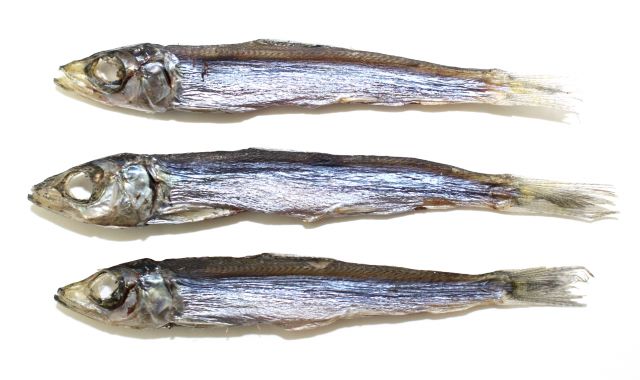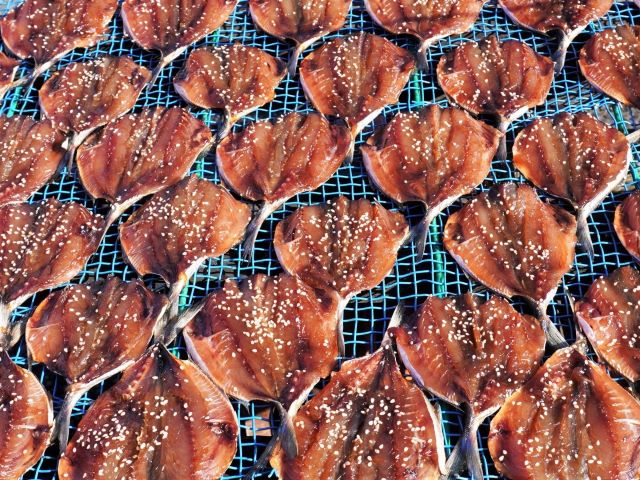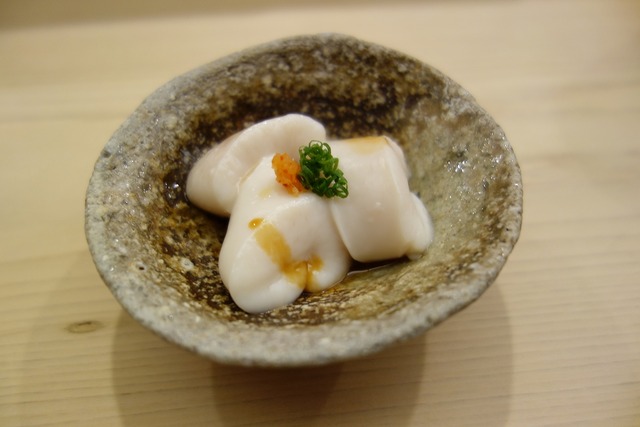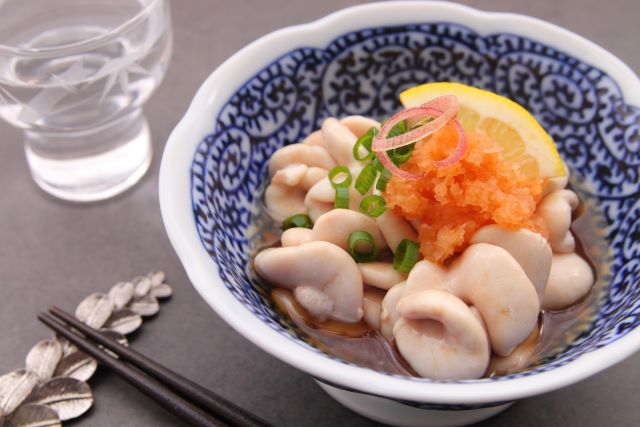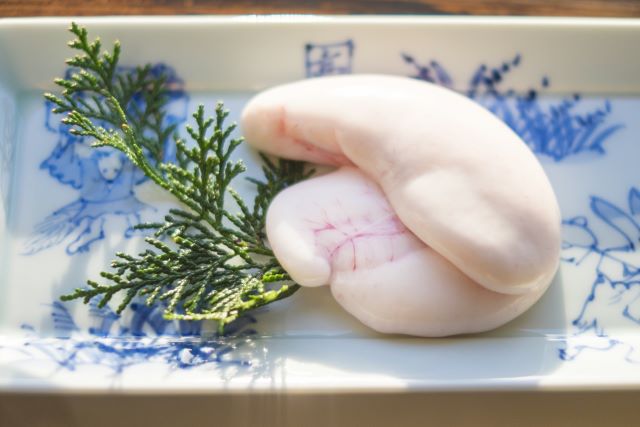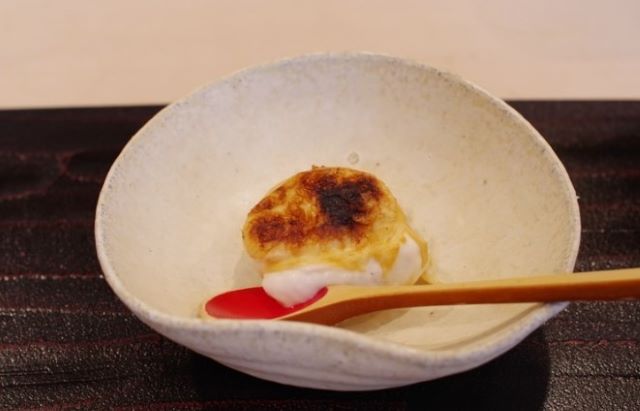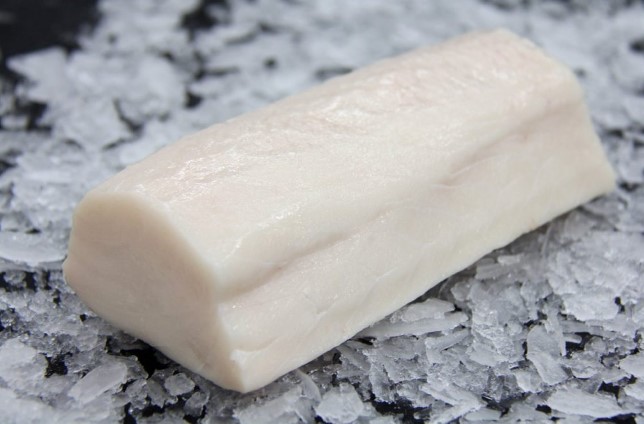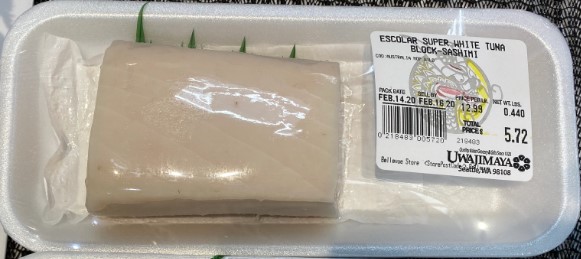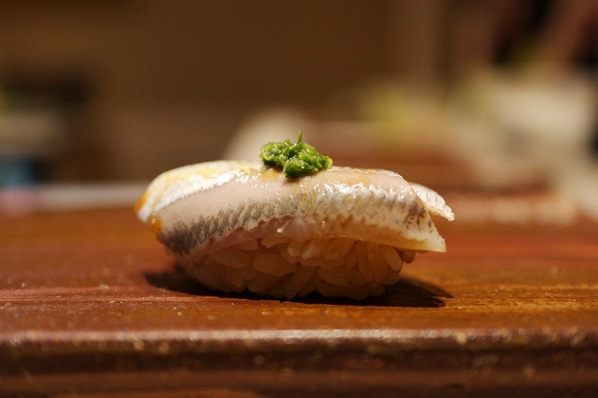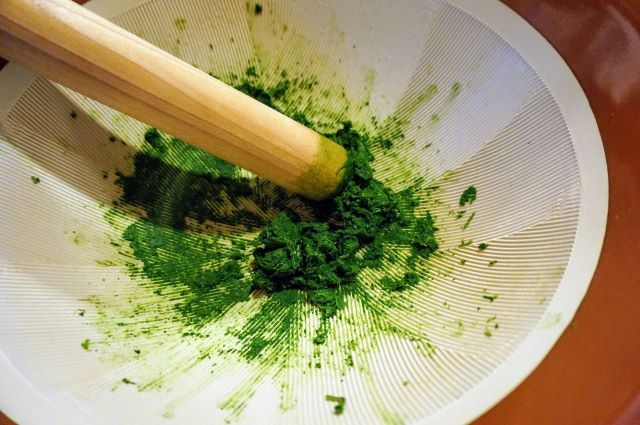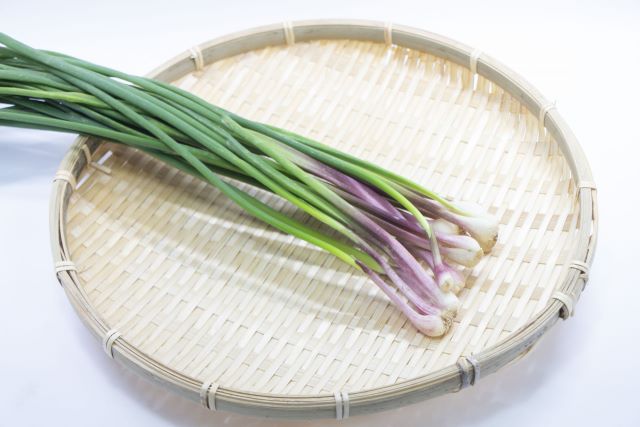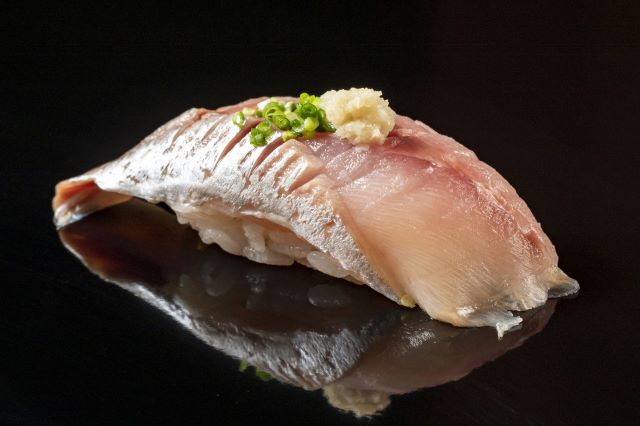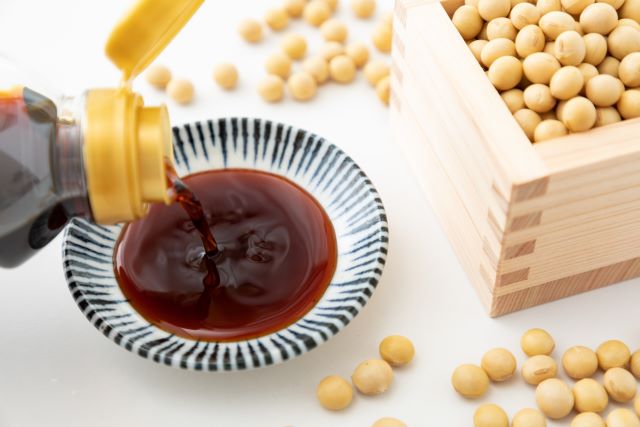Introduction:
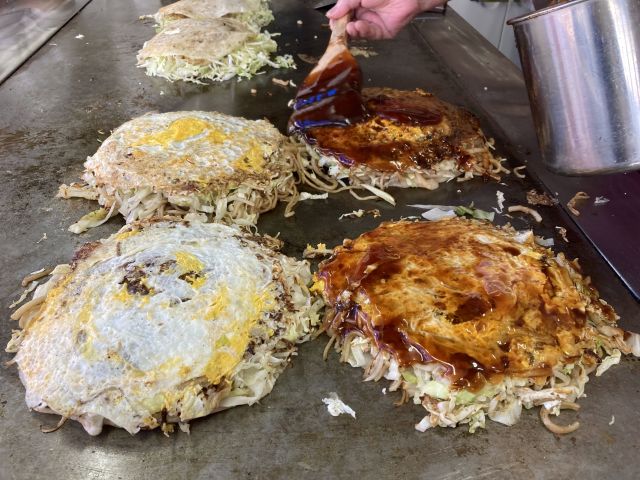
Among Japan’s rich tapestry of traditional foods, few dishes capture the nation’s culinary spirit quite like Okonomiyaki. Sometimes described as a “Japanese savory pancake,” Okonomiyaki is a comfort food rooted in local culture, creativity, and postwar resilience. Its name, meaning “cooked as you like,” reflects the dish’s defining characteristic—versatility. Whether served Kansai-style with ingredients mixed into a fluffy batter, or Hiroshima-style in layered form with noodles and cabbage, Okonomiyaki has earned its place as a favorite across Japan and beyond.
This guide takes you on a journey through the origins of Okonomiyaki, its regional variations, what makes it so delicious, the diverse range of ingredients it welcomes, and how to prepare it yourself. Whether you’re a curious traveler, a passionate foodie, or someone seeking to recreate a taste of Japan at home, this deep dive into Okonomiyaki offers the perfect starting point.
1. The History and Evolution of Okonomiyaki
An Unrecorded Beginning
Surprisingly, the term “okonomiyaki” has only come into common use in recent years. In fact, there are still some dictionaries that do not include it. There are no clear historical records identifying its origin, the person who coined the term, or exactly when it was first made. However, it is certain that foods resembling today’s okonomiyaki existed in various regions of Japan from long ago.
Roots: “Funo-yaki” in the Edo Period
One commonly cited predecessor of okonomiyaki is funo-yaki, which dates back to the Edo period. It was even used by tea master Sen no Rikyū as a tea sweet. Made by mixing coarsely ground wheat flour with water and grilling it on a hot plate, its appearance was said to resemble modern crepes. During the mid-Edo period, funo-yaki (麩の焼) became commercialized under the name sukesō-yaki (助惣焼き), and it was enjoyed as a sweet filled with miso or sweet bean paste. It later evolved into kintsuba, a traditional Japanese confection.
However, it is important to note that funo-yaki was still a confection, and followed a different lineage from okonomiyaki, which is a savory, grilled main dish.
Regional Genealogies: Tokyo, Osaka, and Hiroshima
Tokyo Lineage: Moji-yaki → Monjayaki → Dondon-yaki → Okonomiyaki
In Tokyo, the roots can be traced back to moji-yaki (文字焼き) in the late Edo period. During the Meiji era, monjayaki (もんじゃ焼き) emerged—a dish where flour mixed with water and ingredients was grilled on a hot plate. It became popular among children, who often made it themselves at candy shops.
In the early Showa period, a more filling version called dondon-yaki (どんどん焼) appeared at food stalls. This version involved placing ingredients between layers of batter, grilling both sides, and wrapping it in newspaper. It resembled the layered style now seen in Hiroshima-style okonomiyaki. After WWII, dondon-yaki transitioned from a street snack to a dish eaten inside restaurants, and eventually came to be known as okonomiyaki.
Osaka Lineage: Issen Yoshoku → Okonomiyaki
In Osaka, a light snack called issen yoshoku (一銭洋食) gained popularity among the general public in the early Showa era. This simple “mixed-grill” style dish consisted of flour batter with cabbage and pickled ginger, grilled and topped with Worcestershire sauce. It was often sold at candy shops or stalls, especially to children.
After the war, in response to food shortages, ingredients like meat, eggs, and seafood were added to make the dish more substantial. The term okonomiyaki became established, referring to the customizable nature of the dish, and it gradually evolved into a home-cooked meal and restaurant specialty.
Hiroshima Lineage: Issen Yoshoku → Niku-tama-soba → Hiroshima-style Okonomiyaki
In Hiroshima, the origin was also issen yoshoku (一銭洋食). Before and after the war, vendors and candy shops began preparing thin pancakes made from flour batter, then layering on cabbage, bean sprouts, tempura crumbs, and more before grilling. Eventually, stir-fried noodles were added inside, and the dish came to be known as niku-tama-soba (meat, egg, and noodles).
From the 1950s onward, a standardized method emerged where an egg was added to complete the dish. This became the foundation of modern Hiroshima-style okonomiyaki (広島風お好み焼き). A defining feature is the layered grilling technique, where ingredients are stacked rather than mixed. This method requires skilled use of long metal spatulas and is often considered a culinary art form locally.
In Hiroshima, unlike other regions, it is more common to eat okonomiyaki at specialty restaurants rather than make it at home, and the dish has become a major tourist attraction.
Modernization and Nationwide Spread
After World War II, due to rice shortages, wheat flour supplied by the U.S. became a valuable substitute staple. Okonomiyaki, which made efficient use of flour, spread rapidly across Japan. Each region developed its own unique style, and the dish became a beloved home-cooked meal throughout the country.
In the 1970s and 80s, the widespread use of household electric griddles made okonomiyaki popular as a fun, family-style meal prepared and eaten together at the table. The distinctions between Kansai-style (mixed) and Hiroshima-style (layered) okonomiyaki also became widely recognized.
Contemporary Okonomiyaki: Diversity and Global Reach
Since the beginning of the 21st century, okonomiyaki has undergone further diversification. Gourmet versions featuring ingredients like beef tendon, cheese, and spicy cod roe (mentaiko) have emerged, as have regional variants like negiyaki and modern-yaki. Additionally, menus now increasingly cater to dietary restrictions, including vegan and gluten-free options, making the dish more accessible to health-conscious and religious diners alike.
Experiential okonomiyaki restaurants catering to foreign tourists have also grown in number, with the interactive, grill-it-yourself nature of the dish now considered a cultural attraction. Moreover, overseas establishments dedicated to OKONOMIYAKI are on the rise, further establishing it as a recognized part of Japanese cuisine worldwide.
2. Types of Okonomiyaki
There are two major regional styles of Okonomiyaki in Japan, each with its own unique approach and flavor profile: Kansai-style (also known as Osaka-style) and Hiroshima-style.
2-1 Kansai-style Okonomiyaki (関西風お好み焼)
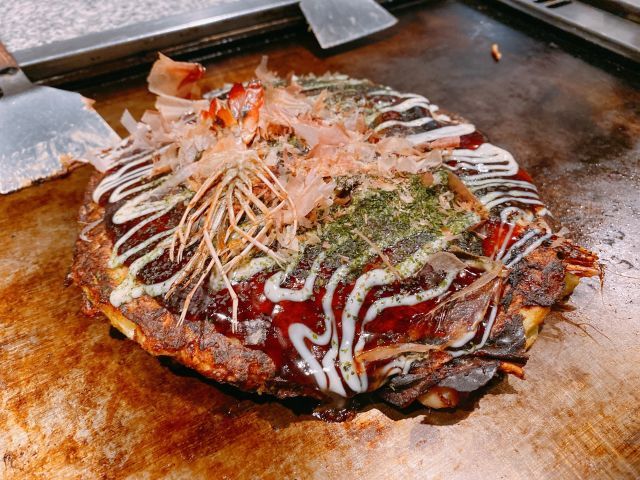
Kansai-style Okonomiyaki is perhaps the most well-known throughout Japan. In this style, the ingredients—including flour, cabbage, eggs, pork, seafood, and other desired additions—are mixed together into a batter, much like preparing a savory pancake. This mixture is then cooked on a hot griddle until both sides are golden brown and the center is soft and flavorful. The result is a fluffy, cohesive dish that’s typically topped with Okonomi sauce, mayonnaise, dried bonito flakes, and aonori (seaweed flakes). Regional variations of Kansai-style include “modan-yaki,” which adds a layer of noodles, and “negi-yaki,” which substitutes green onions for cabbage and is often enjoyed with soy sauce instead of the usual sweet-savory sauce.
2-2 Hiroshima-style Okonomiyaki (広島風お好み焼き)
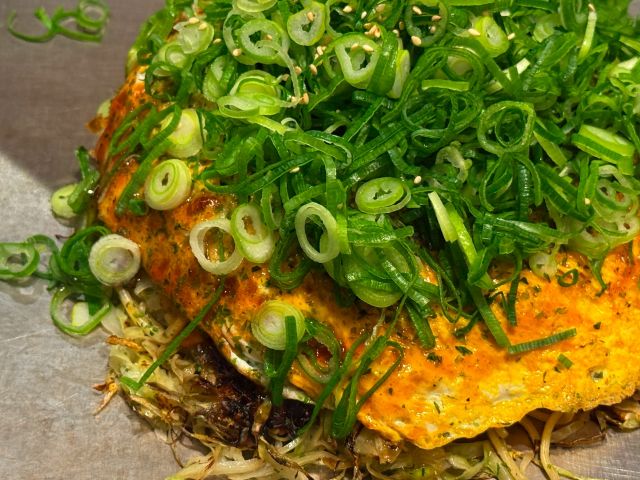
Hiroshima-style Okonomiyaki, on the other hand, takes a more layered approach. Rather than mixing the ingredients together, each component is stacked in a specific order: a thin crepe-like batter is laid down first, followed by a generous helping of finely shredded cabbage, bean sprouts, pork slices, and stir-fried noodles, often yakisoba. A fried egg is typically added on top before the dish is flipped and finished on the griddle. The final product is heartier and taller than its Kansai counterpart, offering a more complex texture in each bite.
Beyond these two main styles, there are countless local variations that reflect regional tastes and available ingredients. For example, in Fuchu, ground pork is used instead of pork belly, resulting in a crispier texture. In Shobara, rice replaces noodles, and the dish is eaten with ponzu rather than sauce. In Mihara, chicken giblets are a featured ingredient, and in other areas, versions include local delicacies such as squid tempura, sake lees, or spicy noodles. Each variation is a testament to the dish’s adaptability and deep roots in local food culture.
2-3 Onomichiyaki (尾道焼き)
It is made by layering bonito flakes, cabbage, Chinese noodles, squid tempura, salt and pepper-fried gizzard, beef fat, red ginger, pork, and other ingredients, then baking them. The sauce is less sweet than Hiroshima-style okonomiyaki and tends to be less viscous.
2-4 Kakioko (カキオコ)
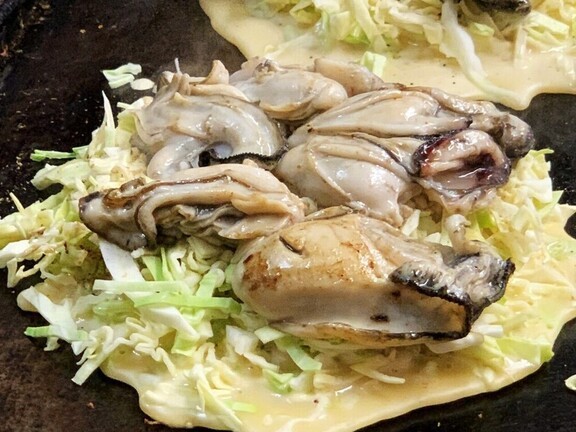
It is made by mixing shredded cabbage with a creamy batter, spreading it on a hot griddle, and cooking it until it is golden brown. Fresh oysters are added and cooked slowly until they are done, resulting in a crispy exterior and a soft interior.
2-5 Mametendamayaki (豆天玉焼)
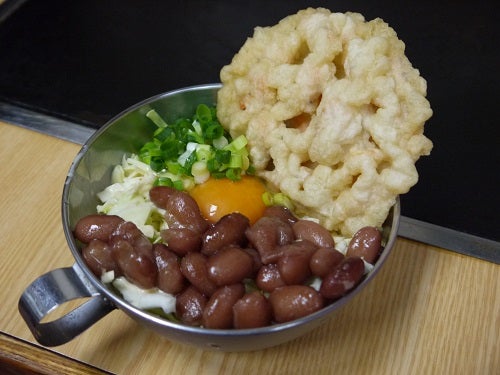
Starting with Tokushima ramen, followed by udon, and then okonomiyaki. In fact, Tokushima is a city that rivals Osaka in terms of flour-based cuisine. Okonomiyaki made by mixing sweetly simmered red kidney beans into the batter and then grilling it. This is a local specialty that has been enjoyed in Tokushima for centuries, known as “Mameten tama.” In addition to red kidney beans, the batter includes eggs and tempura made from Tokushima’s unique small shrimp. The chewy dough, the comforting sweetness of the red kidney beans, and the sweet-and-spicy okonomiyaki sauce create a delightful contrast of textures and flavors.
2-6 Monjayaki (月島もんじゃ)
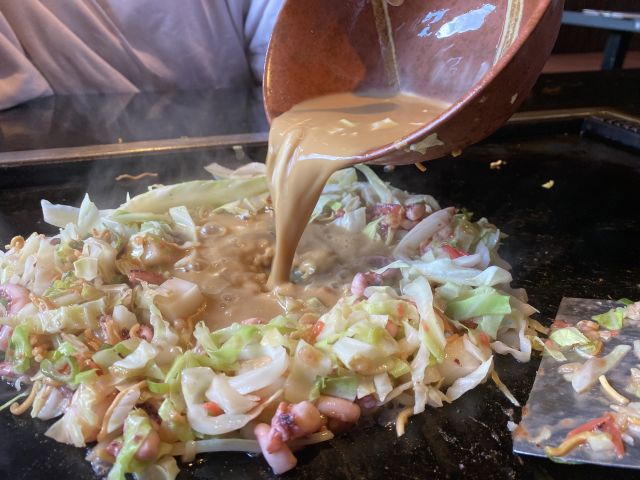
Tukishima Monjayaki is often considered a type of okonomiyaki, but due to differences in how it is made and eaten, it can be considered a separate dish from okonomiyaki.The most notable feature is the large amount of water used to dissolve the flour, and the fact that seasonings such as sauce are mixed into the ingredients before cooking. In terms of eating style, it is characterized by cutting the dish into bite-sized pieces and pressing them onto a hot iron plate with a small spatula before cooking. This results in a crispy exterior and a fluffy interior, making it a popular dish enjoyed by many people.
3. What Makes Okonomiyaki Delicious
The appeal of Okonomiyaki lies in its unique harmony of textures, flavors, and the sensory experience it delivers, both in preparation and consumption. It’s not just food; it’s a cultural experience rooted in warmth, sharing, and creativity.
First and foremost, the texture contrast is one of Okonomiyaki’s defining features. The crispy, caramelized surface of the pancake—achieved by searing it on a hot teppan (iron griddle)—gives way to a soft, moist, and fluffy interior, often studded with tender cabbage, savory meat, and chewy bits like squid or noodles. This contrast of crisp and soft, light and rich, makes every bite exciting and satisfying.
Flavor-wise, Okonomiyaki is a celebration of umami, the deeply savory fifth taste so beloved in Japanese cuisine. The base ingredients like dashi-flavored batter, pork, and seafood already provide rich depth. When topped with Okonomi sauce—a sweet and tangy condiment similar to Worcestershire sauce but thicker and more complex—it creates a luscious glaze that balances sweetness, saltiness, and spice. Add to that a drizzle of creamy Japanese mayonnaise, the umami-packed flakes of katsuobushi (dried bonito), and the aromatic aonori seaweed powder, and you get layers of flavor that linger and evolve with each bite.
Another source of delight is the interactive nature of the dish. In many restaurants, especially in Osaka or Hiroshima, customers cook the dish themselves on built-in griddles at their table. This communal aspect of flipping, topping, and sharing Okonomiyaki turns the meal into a fun, collaborative event—perfect for family gatherings, friendly get-togethers, or casual dates. Watching bonito flakes dance from the heat or hearing the sizzle of the batter hitting the griddle is an experience that engages all five senses.
Moreover, the versatility of the dish means it can be endlessly adapted. Whether you prefer it meaty and hearty, light and vegetarian, spicy, cheesy, or even with unconventional toppings like pesto or kimchi, Okonomiyaki welcomes your preferences. It’s comfort food that still allows for personal expression.
Finally, there’s an element of nostalgia for many Japanese people. For those who grew up eating Okonomiyaki at home or on festival days, its flavors are deeply connected with family, childhood, and tradition. For travelers and food lovers from abroad, it offers a uniquely satisfying entry point into Japanese culinary culture—familiar in form, yet completely original in taste.
In short, what makes Okonomiyaki delicious isn’t just the ingredients, but the way they come together to create a multi-sensory, customizable, and deeply comforting experience.
4. Ingredients in Okonomiyaki
Key ingredients typically include:
Flour: Energy-rich and combined with eggs to make the batter.
Cabbage: Provides sweetness, crunch, and Vitamin C.
Pork: Supplies protein and essential amino acids.
Eggs: Nutrient-dense and protein-rich.
Tempura scraps (tenkasu): Add texture and umami.
Green onions, bean sprouts, fish flakes: Offer nutritional and flavor boosts.
Noodles (Hiroshima style only): Yakisoba or udon.
Red pickled ginger: Adds tang and supports digestion.
Okonomi sauce: Sweet-savory and thicker than Worcestershire sauce.
Mayonnaise: Adds creaminess; common in Kansai style.
5. How to Make Okonomiyaki
Kansai-Style (Mixed Style):
① Create a batter by mixing flour, dashi (stock), and eggs.
② Add shredded cabbage, meat or seafood, and other desired ingredients.
③ Pour onto a hot greased pan or griddle and shape it into a circle.
④ Grill both sides until golden and cooked through.
⑤ Top with sauce, mayonnaise, seaweed, and bonito flakes.
Hiroshima-Style (Layered Style):
① Spread a thin crepe-like batter on the griddle.
② Layer with shredded cabbage, bean sprouts, pork, and yakisoba.
③ Place another crepe and crack an egg on top.
④ Flip the entire stack to cook evenly.
⑤ Finish with sauce, aonori, and (optionally) mayonnaise.
6. Recommended okonomiyaki restaurant
6-1 Hōzenji Sanpei (法善寺三平)
Address: 1-7-10 Dotonbori, Chuo-ku, Osaka-shi, Osaka
Access: 5-minute walk from Exit 14 or 15 of Namba Station on the Osaka Metro Midosuji LinePhone number: 06-6211-0399
Phone number: +81-6-6211-0399
Closed: Tuesdays (except national holidays)
Business Hours:
5:00 PM to 11:00 PM (Last order at 10:00 PM, last drink order at 10:30 PM)
※On weekends and holidays, lunch service is available from 11:30 AM to 3:30 PM (last order at 2:45 PM)
Budget: 2,000–3,000 yen
6-2 Tsuruhashi Fugetsu Main Store (鶴橋風月本店)
Address: 2-18 Shimoajihara-cho, Tennoji-ku, Osaka-shi, Osaka
Access: Subway Sen-Nichimae Line, Tsuruhashi Station, 1-minute walk
Kintetsu Osaka Line, Tsuruhashi Station, 1-minute walk
Phone Number: +81-6-6771-7938
Closed: Only on New Year’s Day
Business Hours:
【Mon-Fri】11:30 AM – 9:30 PM
【Sat, Sun, Holidays】11:00 AM – 10:00 PM
Budget: [Lunch] 1,000–2,000 yen [Dinner] 2,000–3,000 yen
Conclusion:
Okonomiyaki is more than just a meal—it’s a reflection of Japan’s regional diversity, cultural resilience, and culinary creativity. From its ancient roots and wartime reinvention to its evolution into a modern-day comfort food, Okonomiyaki continues to bring people together around the sizzling warmth of the teppan grill. Whether in the mixed Kansai style or the layered Hiroshima style, the dish offers an endless variety of ingredients, textures, and flavors, all tailored to personal preference—true to its name, “as you like it.” Its balance of crispness and softness, umami-rich toppings, and customizable nature make it a dish that resonates across generations and cultures. As you explore or prepare Okonomiyaki, you’re not just enjoying a delicious Japanese classic—you’re taking part in a shared tradition built on ingenuity, community, and joy.
Related contents:
